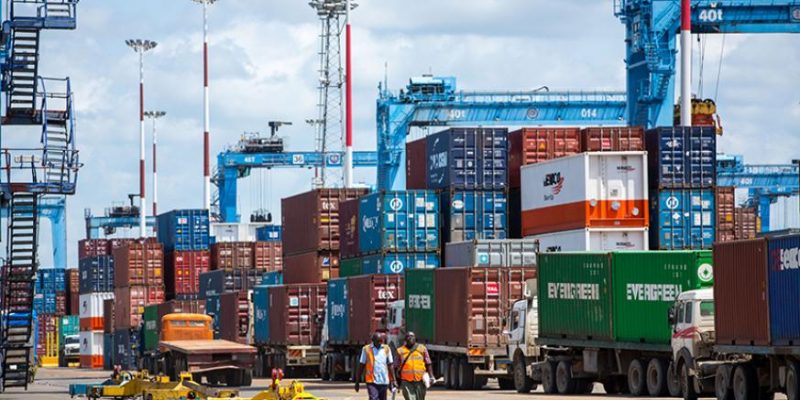Tanzania intra-SADC exports and imports trade has declined by 4.1 percents to USD 1,628.2 million. Nevertheless, overall Tanzania continued to be a
Noteworthy, Tanzania recorded a trade surplus with South Africa, DRC, Malawi, Mozambique, Namibia, Zimbabwe, Angola, and Seychelles.
Meanwhile, South Africa remained the major trading partner of Tanzania, accounting for 67.8 percent of Total Tanzania’s
“Exports to South Africa USD 631.3 million compared with 673.2 million in the preceding year, while imports fell to USD 472.2 million from 514.1 million.
DRC was the second largest Tanzania’s intra-SADC trade partner, with export value amounting to USD 291.6 million and imports of USD 0.4 million,” the latest BoT Annual Report says.
In terms of shares to total intra-SADC trade, South Africa remained the leading destination of Tanzania’s exports, through its share declined to 62.3 percent from 65.5 percent in the preceding year.
The share of Tanzania’s exports to DRC rose to 28.8 percent from 19.2 percent in the previous year. South Africa was also the major source of Tanzania’s imports, accounting for 76.8 percent, followed by Zambia with 5.4 percent.
Tanzania’s major exports to the SADC region were gold, cigarettes, wheat flour, juice, ceramic, fish, glass, cement soap, footwear, and bricks, while major imports were motor vehicles, maize seeds, gas, iron sheet, lubricants, beer, apples, and sugar.
In advanced economies, the inflation rate was markedly lower than the other regions, but picked up slightly to 0.8 percent from 0.3 percent, driven mostly by the
Inflation rate increased in Germany, France, and Canada, mainly due to a rise in fuel prices.
In the United States, Inflation rose to 1.3 percent from 0.1 percent, as housing and medical costs went up.
In the United Kingdom, inflation was 0.7 percent up from 0.1 in the preceding year, associated with the
“By contrast, inflation decelerated in Japan to a negative 0.1 percent, compared with 0.8 percent, partly due to stronger Yen relative to other currencies, which reduced import costs. Inflation in China increased to 2.0 percent from 1.4 percent, as slack in the
In ASEAN-5 economies, inflation eased to 2.4 percent from 3.3 percent, o
Sub-Saharan Africa recorded double-digit inflation level of 11.4 percent compared with 7.0, mainly due to the

















Comments